
How To Prove Facts
by Christopher Enright
Proving facts in court is an uncertain business. This book describes a model for proof of facts to throw some light on the subject and to make the task more systematic. This model for finding facts consists of four steps –
- Starting point: burden of proof
- Versions of truth
- Probability of truth
- Finishing point: standard of proof
Step 1. Starting Point: Burden of Proof
At the outset the legal system has to determine who is responsible for proving a case or parts of it. This covers the rule of law known either as the burden of proof or the onus of proof and known here as the starting point rule.
Step 2. Versions of Truth
Parties present their versions of truth to the court. They present what they assert are the true facts of their case.
Step 3. Probability of Truth
The court assesses how probable it is that each version is true. In this it is potentially aided by submissions from parties.
Step 4. Finishing Point: Standard of Proof
Previously in Step 3 the court has determined the probability that each party’s version of the facts is true. Here in Step 4 it measures that probability against the probability depicted by the standard of truth required by law. This standard is referred to in law as the standard of proof. This article also refers to it as the finishing point rule. If an initiating party (such as a plaintiff or prosecutor) has made out the required standard of proof they win their case. If they have not made it up to the standard, they lose. This is why the standard of proof is called a standard – it tells a party how probable their case must be for them to win.
110 pages softcover
About the Author
Christopher Enright is a chartered accountant, barrister and solicitor. He has lectured in law at several universities. He specialises in legal method.

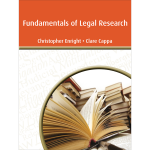 Fundamentals of Legal Research
Fundamentals of Legal Research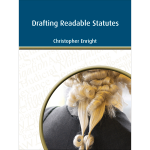 Drafting Readable Statutes
Drafting Readable Statutes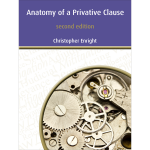 Anatomy of a Privative Clause (2nd Edition)
Anatomy of a Privative Clause (2nd Edition)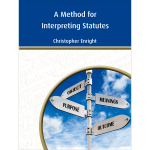 A Method for Interpreting Statutes
A Method for Interpreting Statutes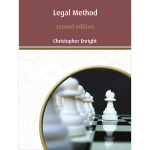 Legal Method (2nd Edition)
Legal Method (2nd Edition)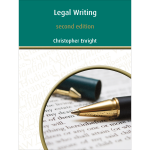 Legal Writing (2nd Edition)
Legal Writing (2nd Edition)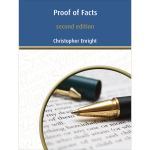 Proof of Facts (2nd Edition)
Proof of Facts (2nd Edition)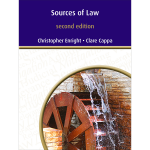 Sources of Law (2nd Edition)
Sources of Law (2nd Edition)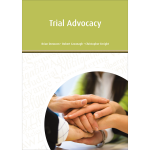 Trial Advocacy
Trial Advocacy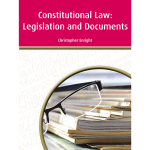 Constitutional Law: Legislation and Documents
Constitutional Law: Legislation and Documents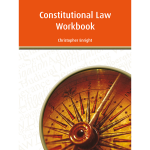 Constitutional Law: Workbook
Constitutional Law: Workbook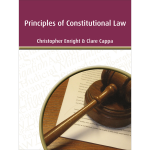 Principles of Constitutional Law
Principles of Constitutional Law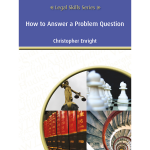 How To Answer a Problem Question
How To Answer a Problem Question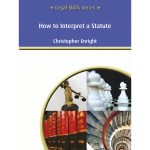 How To Interpret a Statute
How To Interpret a Statute How To Organise Law and Litigation
How To Organise Law and Litigation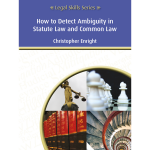 How To Detect Ambiguity in Statute Law and Common Law
How To Detect Ambiguity in Statute Law and Common Law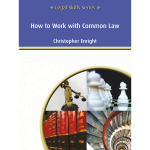 How To Work with Common Law
How To Work with Common Law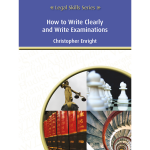 How to Write Clearly and Write Examinations
How to Write Clearly and Write Examinations